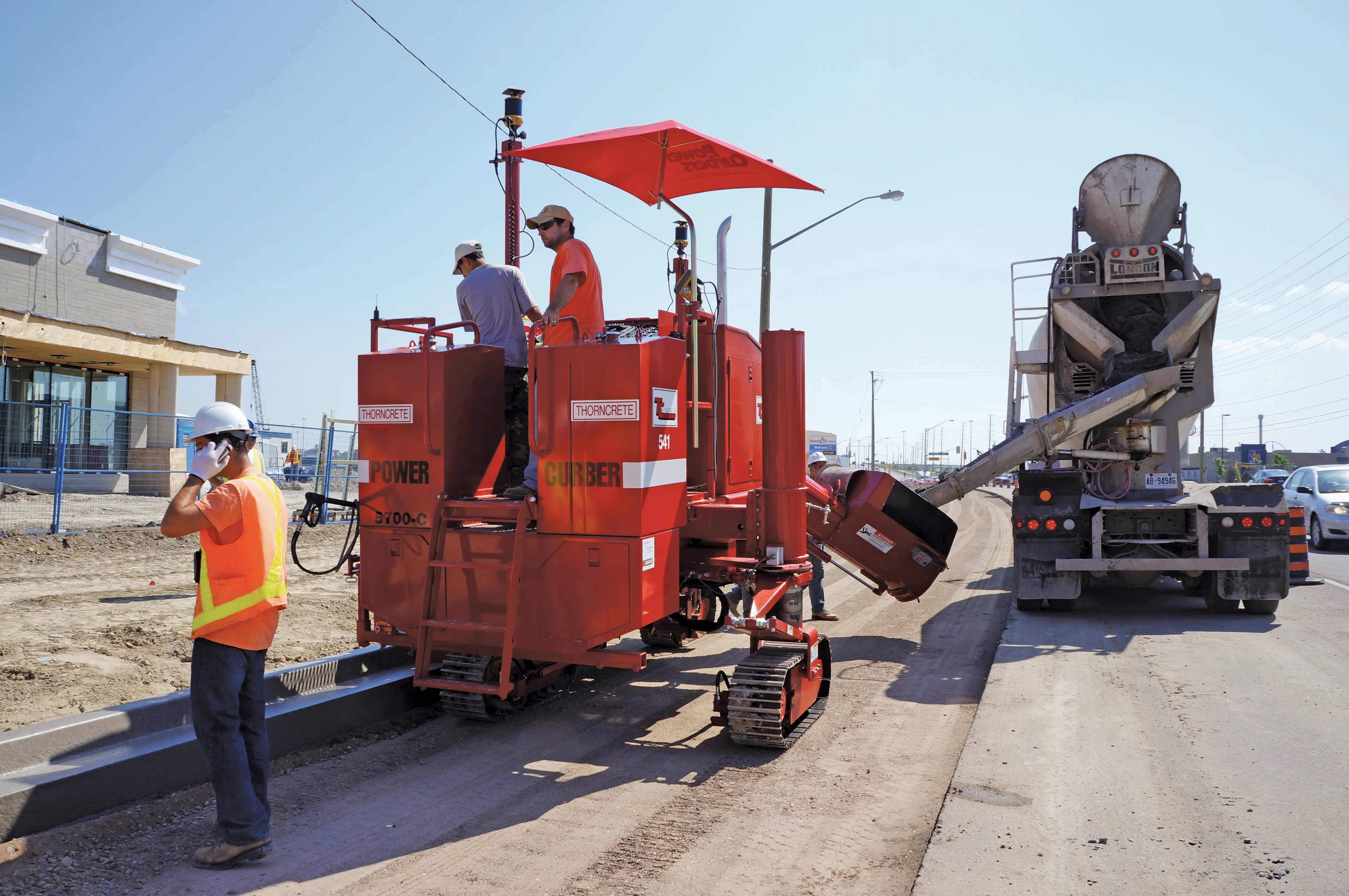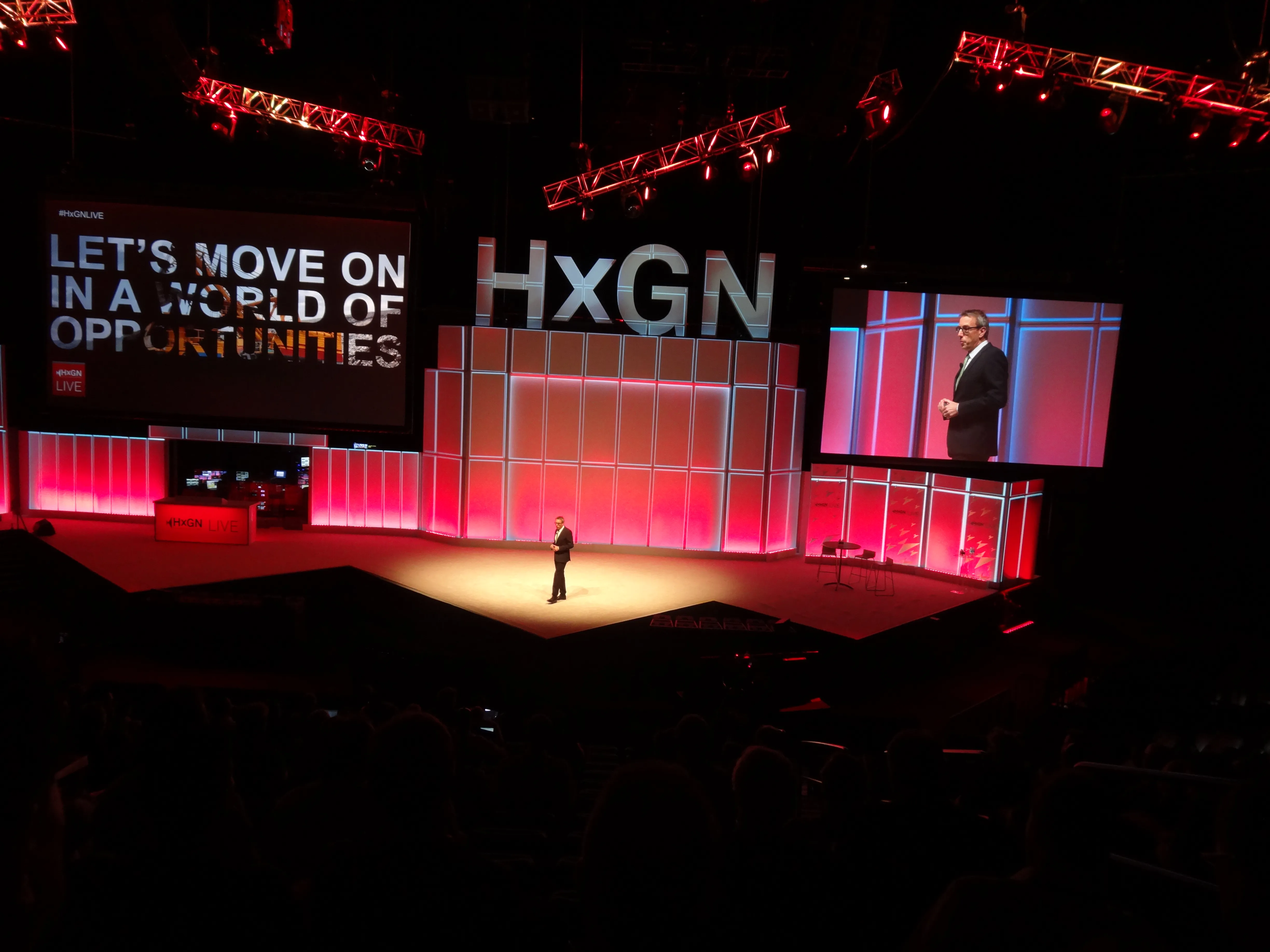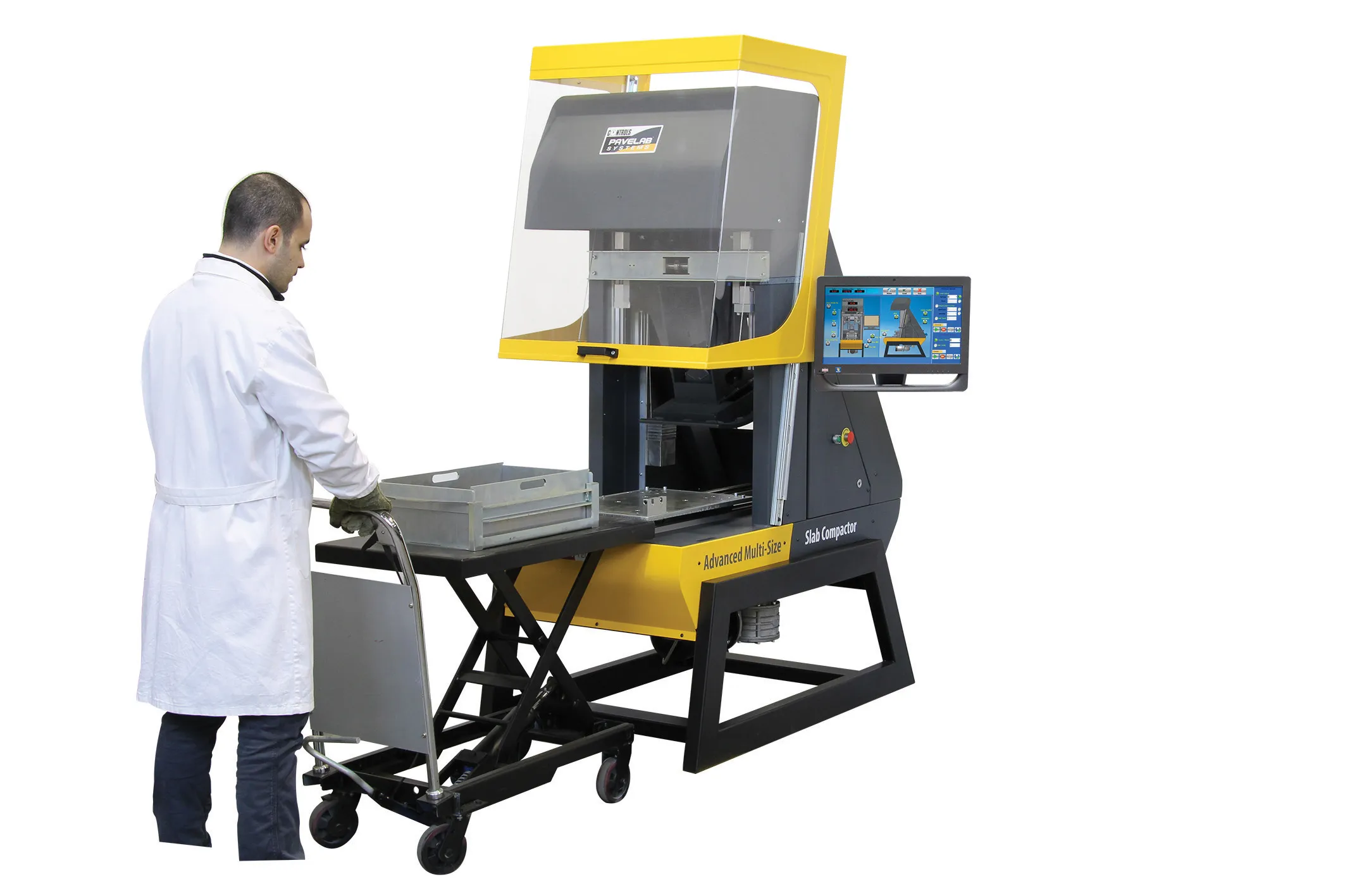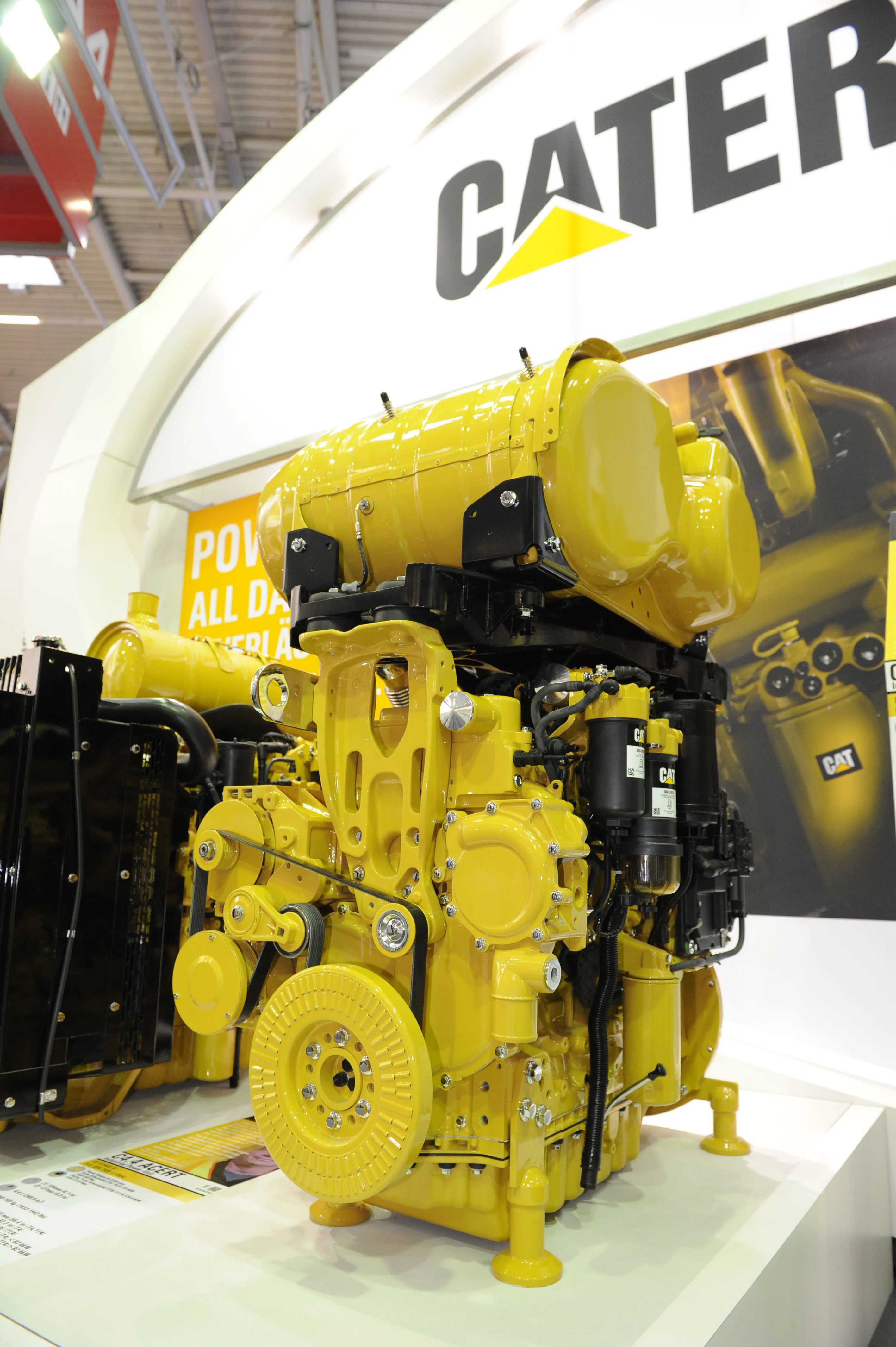Concrete slipformer manufacturer Power Curbers is now offering a stringless machine control option for its customers. Extensive tests have been carried out to ensure the system works efficiently and Power Curbers says that various customers are now using 5700-C machines that are equipped with networked digital controls on jobsites in the United States and Canada. According to the firm, the results have been good with contractors saving on set up time while achieving high accuracy when carrying kerb and gutt
November 15, 2012
Read time: 2 mins

Concrete slipformer manufacturer 307 Power Curbers is now offering a stringless machine control option for its customers.
Extensive tests have been carried out to ensure the system works efficiently and Power Curbers says that various customers are now using 5700-C machines that are equipped with networked digital controls on jobsites in the United States and Canada. According to the firm, the results have been good with contractors saving on set up time while achieving high accuracy when carrying kerb and gutter jobs.
Power Curbers vice president, sales & marketing is Stephen Bullock and he said, “Though we’ve had the ability to control the machine with GPS and 3D systems for several years, we delayed the market release until we were convinced the accuracy could match stringline results and that curb and gutter subcontractors were ready to abandon the visual check that stringline provides. We are very pleased with the feedback we’ve gotten from our stringless customers.”
Power Curbers offers a novel approach to machine control as the MOBA digital control system now being used on the Power Curber 5700-C uses open architecture. This allows the system to interface with 3D or GPS controls from several different suppliers. Currently, Power Curbers customers are using both265 Leica Geosystems and 342 Topcon technology for stringless control. “It was essential from day one to build a system that allowed the contractor to choose the system they were comfortable using. We want to maintain maximum flexibility for our customers,” added Bullock.
Extensive tests have been carried out to ensure the system works efficiently and Power Curbers says that various customers are now using 5700-C machines that are equipped with networked digital controls on jobsites in the United States and Canada. According to the firm, the results have been good with contractors saving on set up time while achieving high accuracy when carrying kerb and gutter jobs.
Power Curbers vice president, sales & marketing is Stephen Bullock and he said, “Though we’ve had the ability to control the machine with GPS and 3D systems for several years, we delayed the market release until we were convinced the accuracy could match stringline results and that curb and gutter subcontractors were ready to abandon the visual check that stringline provides. We are very pleased with the feedback we’ve gotten from our stringless customers.”
Power Curbers offers a novel approach to machine control as the MOBA digital control system now being used on the Power Curber 5700-C uses open architecture. This allows the system to interface with 3D or GPS controls from several different suppliers. Currently, Power Curbers customers are using both









